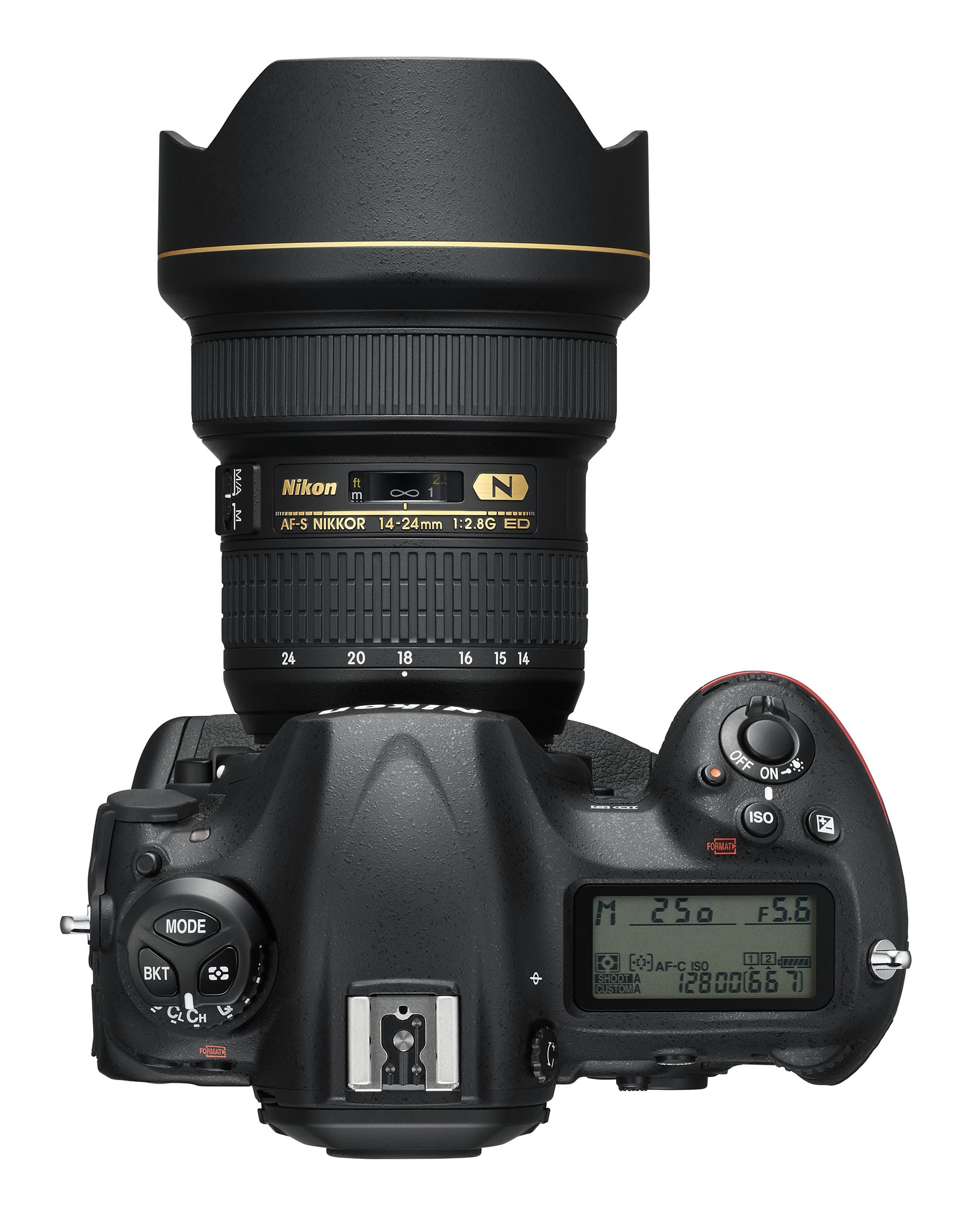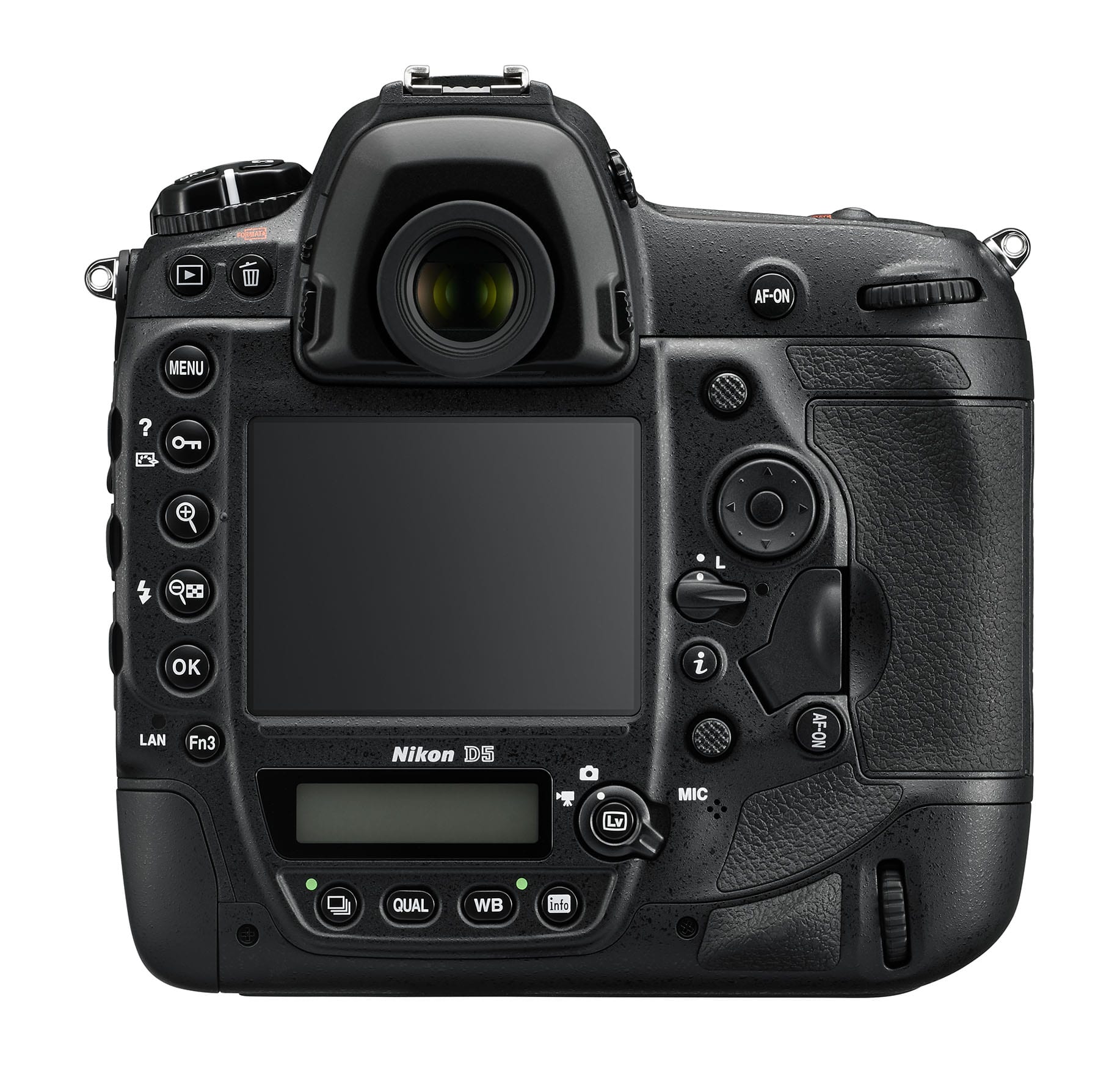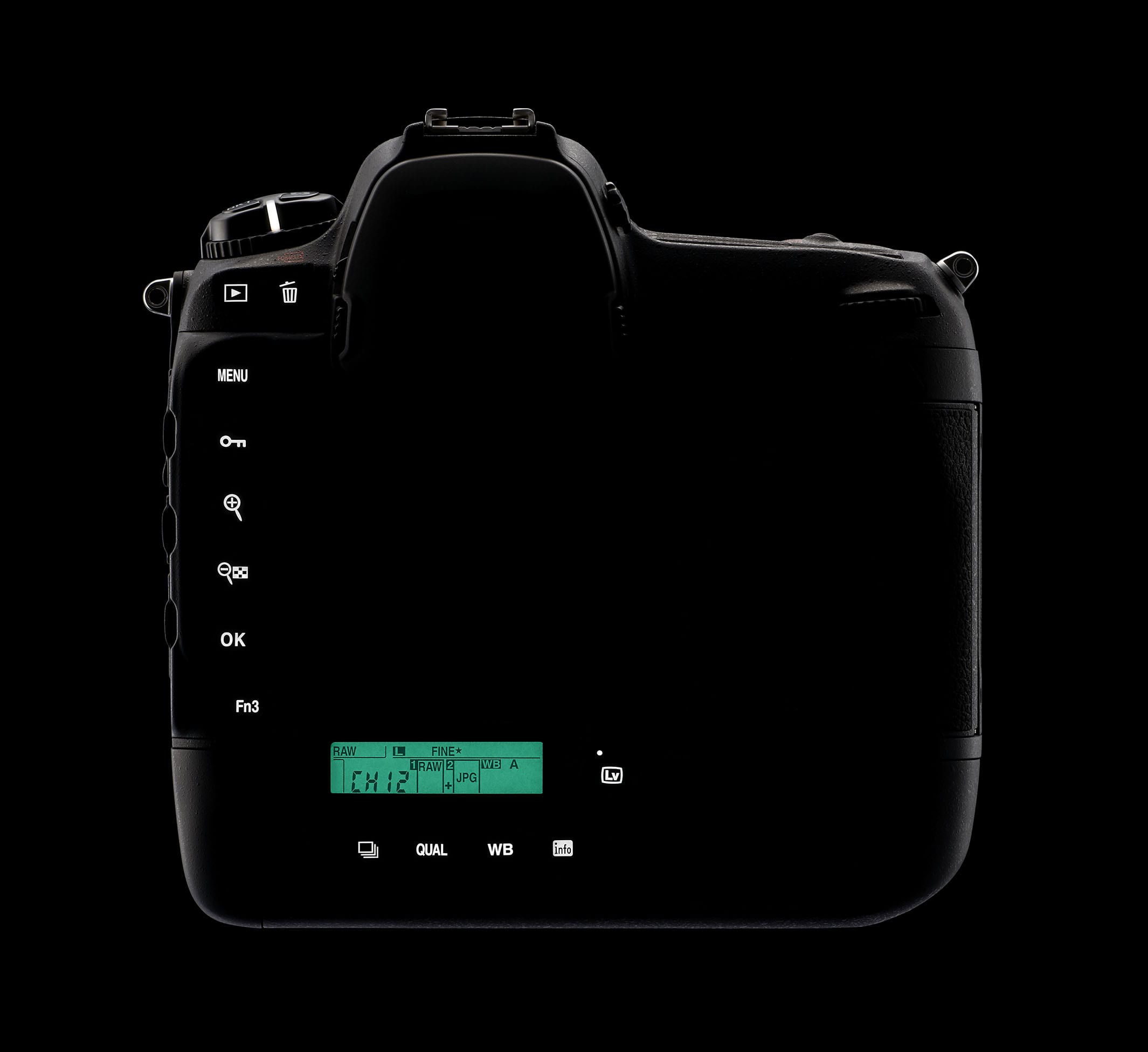In November 2015 Nikon trailed the news they would soon launch the D5, their latest FX-format digital SLR camera, positioned now as a flagship camera.
The camera, which was eventually launched in celebratory style by the Tokyo-based camera manufacturer at CES 2016, is on the outside, largely similar to its predecessor, the D4. But the internal operations are all entirely new, and as cutting edge as anything in the camera manufacturing industry right now.
Retailing at £5,199.99 for the body only – lenses accrue a significant extra cost – Nikon have placed a lot of faith in their own engineering capabilities.
Their confidence may well be well-founded, as early signs suggest their new invention will lead the professional camera market for some time to come.
The D5 includes a new-generation autofocus system with 153 points, a 20-megapixel full-frame sensor, 4K video, and a touchscreen.

On first impression, the most obviously impressive aspect of the D5 is the shutter speed. The D5 can take 12 frames per second, up to 14 fps if the mirror remains closed. At full burst, the shutter sounds as fast as a hummingbird.
With a particular focus on photographing in poor and low light conditions, the D5 boasts a wide range of ISO low light sensitivity up to 102,400, expandable to Hi 5 (ISO 3,280,000 equivalent) — the most expanded sensitivity range in Nikon history. In comparison, Nikon’s D4S, their last SLR camera, featured an extended range of 409,600.
Image quality is further enhanced by the pairing of the new Nikon FX-format CMOS sensor and EXPEED 5 image-processing engine. In another first for the FX-format range, the D5 can shoot in 4K UHD 2160/30p format, allowing the camera to shoot industry-standard video content.
The camera also showcases a new Advanced Scene Recognition System, which has a new 180k-pixel RGB sensor.

“The Nikon D5 is not just about technical excellence, but the marriage of elegant technologies. Speed and refined image quality have never converged so extensively, making it truly the camera that the industry has been waiting for,” said Tadashi Nakayama, Corporate Vice President of Nikon’s Imaging Business Unit, at the launch of the camera.
“The D5 represents what we are trying to do for the entire digital SLR category: bringing technologies together to meet and anticipate the demands of professional photographers, empowering them to push the boundaries of their craft.”

Here are the D5’s full details, from Nikon’s communications team:
- Next-generation Intelligent AF SystemThe entire AF system has been completely re-vamped with adoption of the Multi-CAM 20K autofocus sensor module. This sensor module offers 153 focus points (99 of which are cross-type sensors) for broad and dense coverage of the entire image area. The centre focus point has a detection range beginning at an incredible -4 EV, and detection with other focus points begins at -3 EV, enabling autofocusing even under extremely dim lighting, and with subjects exhibiting very low contrast. In addition, equipping the camera with a dedicated AF engine capable of high-speed calculation and collaboration with the 180K-pixel RGB sensor have ensured that extremely reliable AF performance is demonstrated with a variety of scenes.
- High-speed continuous shooting at approx. 12 fps with swift subject tracking. The D5 is capable of high-speed continuous shooting at approximately 12 fps (with AF and AE tracking) in all image quality modes and at all ISO sensitivity settings. What’s more, adoption of a new mirror drive mechanism achieves a more stable viewfinder image that makes continuous tracking of rapidly moving subjects easy, even with high-speed continuous shooting. Further, up to 200 12-bit lossless compressed RAW images can be captured with a single burst of continuous shooting.
- Exceptional ISO sensitivityCollaboration between the new Nikon FX-format CMOS sensor and the new EXPEED 5 image-processing engine, both developed by Nikon, have enabled the highest standard ISO sensitivity in Nikon history, that of ISO 102400. High-sensitivity image quality at these never-before-seen levels achieves superior imaging quality, even within the high ISO 3200 to 12800 range often used with sports photography and the like. In addition, the image sensor’s broad dynamic range enables rich and natural expression of tones for accurate reproduction of the finest details, even with extremely vivid subjects with which the expression of textures is especially difficult.
- Cinematic brilliance with 4K UHD (30p) movie capabilityThe D5 supports movie creation in 4K, which offers a resolution higher than HD or full-HD movies, an indispensable feature for professionals involved in film-making and video content creation. High-resolution 4K UHD (3840 x 2160)/30p, 25p, 24p movies can be recorded to a memory card inserted in the camera, or, with simultaneous HDMI output, they can be displayed on an external monitor or recorded as uncompressed video to an external recorder. With support for the maximum standard sensitivity of ISO 102400, as well as even higher sensitivity settings up to Hi 5 (equivalent to ISO 3280000), even movies recorded at these high sensitivities will exhibit superior picture quality. 4K UHD time-lapse movies can also be generated in-camera.
- Improved functionality and streamlined workflows
- A high-resolution 3.2-in., approx. 2,359k-dot touch screen LCD monitorAdoption of a touch screen for the display monitor enables nimble confirmation and high-speed navigation of a large number of images using a frame advance bar, and supports an efficient workflow with text input and the like. The large 3.2-inch, approximately 2,359k-dot high-resolution monitor enables extremely clear display with live view photography, even when the display is enlarged, for fast focus confirmation.
- Connect through wired and wireless networksThe communications system has been significantly improved to support communications twice as fast as with the D4S, with both wired networks using the Ethernet connector built into the D5, and wireless networks when the new Wireless Transmitter WT-6/A/B/C (available separately) is used with the D5.
- Versatile image storage optionsTwo versions of the D5 are available. Both are equipped with double memory card slots supporting a single media type; one XQD cards and one CompactFlash cards.
- Accessories for high-speed connected convenience: WT-6/A/B/C Wireless Transmitter(available separately)
-
When connected to the D5, the high-speed transfer of image data to a computer or an FTP server over a wireless network is possible. The maximum range is approximately 200 m. Communications are significantly faster with support for the new IEEE 802.11ac (2×2 VHT80) standard. Wireless control over the camera from a computer is also possible using Camera Control Pro 2 (available separately). A D5 to which a WT-6/A/B/C is connected may be used as a wireless LAN access point, and a direct connection to a computer or smartphone is also achievable.
The best in contemporary photography delivered to your door – subscribe to the British Journal of Photography for just £35 (limited offer).
